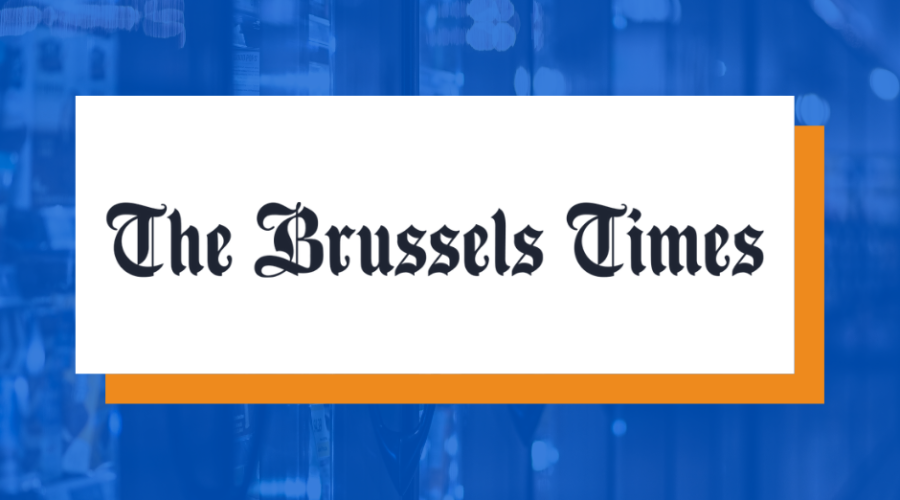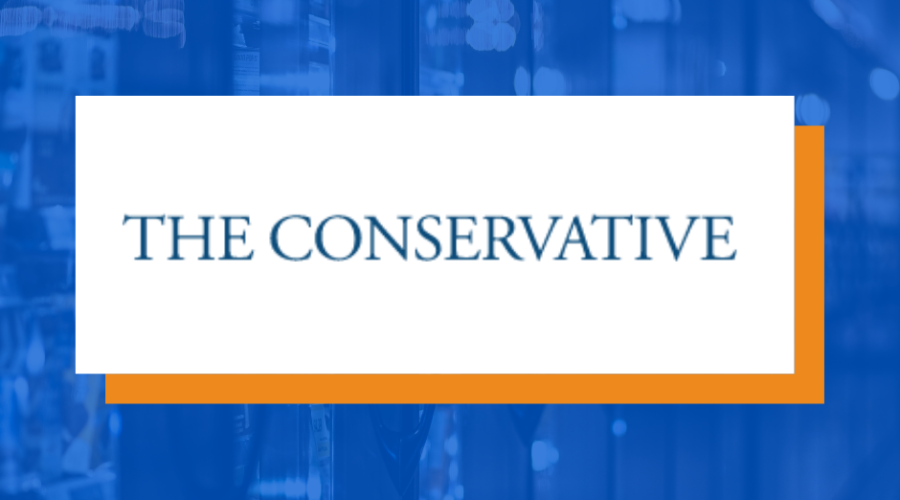U.S. Regulators Struggle With Flavored E-liquid Rules
The vapor industry continues to face several regulatory challenges. One of the most challenging of those is the seemingly never-ending battle against flavor bans for e-liquids. As most any vaper will tell you, flavors are instrumental in keeping former smokers from returning to combustible cigarettes. However, flavors are also what many industry regulators and anti-vapor advocates say lure youth to try vaping.
During Vape Live, a three-day virtual trade show and seminar hosted by Ireland-based Vapouround magazine, flavors and flavor bans in the United States, the world’s largest vapor market, were trending topics. Carlo Infurna Wangüemert, a vapor market analyst with ECigIntelligence, a regulatory research resource for the e-cigarette and tobacco alternatives industry, discussed recent market trends and the factors that are influencing the U.S. vapor market.
Wangüemert said that several factors are affecting the U.S. market: the e-cigarette or vaping use-associated lung injury (EVALI) scare, the Covid-19 pandemic and the U.S. Food and Drug Administration’s (FDA) premarket tobacco product applications (PMTAs). He said that Covid-19 didn’t impact market growth as much as it impacted consumer behavior.
“We’ve seen a reduction of purchasing occasions and an increase of basket sizes [during the Covid-19 crisis],” he said. “We’ve also observed consumers buying a lot before the crisis in order to have enough stock in case of lockdowns, and it might also have affected the supply side as many independent shops had to close or have suffered an important drop of sales.”
Concerning supplies, Wangüemert sees the PMTAs drastically reducing the amount of variety on the market as many brands will try to keep their offerings as simple as possible. Before the FDA’s ban on prefilled flavored vape pods, those products represented half of the U.S. vapor market. Now, there is a rise in disposable e-cigarettes and refillable pod systems, according to Wangüemert. He said that this has led to several innovations in flavor output, such as better coils in open pod systems.
“Basically, hardware manufacturers are trying to develop new features and improving the functionality of their devices to make them small but complex enough to cover all vapers’ needs,” said Wangüemert, citing innovations that allow vapers to change temperature or change from mouth-to-lung to direct-to-lung with just one button as examples.
Refillable pod systems are the fastest-growing trend in the vapor industry, according to ECigIntelligence data. This is because they offer a larger selection of flavored e-liquids. Prefilled pods, however, are dropping because the only available flavors, tobacco and menthol, generate less complexity.
“Prefilled pods … show fairly well how regulation can have an impact on the market,” he said. “This ban is fully enforced online as only those two flavors are offered currently. We’ve observed an ongoing drop in the complexity of their flavors. Tobacco is [now] probably the most important flavor in prefilled pods.”
The U.S. market has also seen a surge in nicotine strengths, brought on mostly by the growing popularity of nicotine salts. Wangüemert said that nicotine salt-based e-liquids have been continually gaining ground during the last three years to the detriment of freebase liquids. “However, it is also interesting to point out that the average nicotine strength of nicotine salts is slowly going down,” he said.
Fruit flavors are also steadily rising in the U.S. market, according to Wangüemert. He said that fruit e-liquids, dessert and candy flavors all consume the Top 5 positions in flavors for e-liquid sales in 2020. “For the fruit category, which is mainly tropical fruits, mainly mango, are the ones helping the most in the growth of that category,” he said, adding that beverage flavors are also growing quickly, with lemonades experiencing a substantial amount of growth. “This might also be linked to the popularity of fruits, as lemonades are likely to contain them,” he explained.
Looking at tobacco and menthol flavors, Wangüemert explained that e-liquids containing tobacco generally have tobacco as the main flavor. However, menthol is much more popular as a complement to other flavors, such as fruit.
“Only 13 percent of the products that contain menthol have menthol as the main flavor. But [for] the other 87 percent, menthol is a complement or a cooling agent, being particularly popular in the fruit category,” he said. “Of course, these 87 percent of e-liquids that contain menthol that do not have it as the main flavor are more subject to potential bans than menthol-only flavors, which have been already excluded. However, our 2019 vape shop survey points out that menthol and tobacco represent just a small percentage of vape store revenues, meaning that flavor bans at the state level or even the consequences of the PMTA might strongly reduce their income and the vaping market in general as the offerings and variety of e-liquids were strongly reduced.”
Also speaking during Vape Live, Yael Ossowski, deputy director for the Consumer Choice Center (CCC), a consumer advocacy group, said that flavor bans in many U.S. states have had a major impact on the growth of the vapor market. States with strict flavor bans have seen major declines, with many vapers in those states returning to combustible products.
This prompted his organization to rank states by vaping regulations and the impact those regulations had on the vapor market. The group looked at how all 50 states confronted flavor restrictions, taxes and whether the state allowed for online sales. The CCC gave each state a number of points depending upon how much consumers were subject to the criteria. States that scored between 0–10 points received an F, 11–20 points received a C and 21–30 points received an A.
The states best suited for vaping were colored green on the corresponding chart while the worst states were colored red and middle-ground states were colored yellow. “For green states, we’ve got South Carolina, Georgia; we’ve got Iowa, Virginia, Florida, Texas and Oregon. You’ll notice, obviously, the red states, the places where we’re dealing with partial flavor bans, high taxes, shipping restrictions, there’s six of them.
Places like California, New York. You have New Jersey, Massachusetts, Rhode Island and Illinois,” said Ossowski. “Now we have our states in yellow. These are places that had a flavor ban in the past, and perhaps they’ve gotten rid of it, or it has not yet come into force. You have some taxation. It’s probably a bit more moderate than definitely those red states. And it has fewer shipping restrictions. People are able to order their vaping products online.”
One of the worst states, New York, has a tax rate of 20 percent of the retail price. Online sales are banned and all flavored products, except tobacco and menthol, are banned. These states, with low rankings, are also prone to other negatives for the vapor market, such as a growing black market, according to Ossowski.
California also has a statewide ban that is supposed to go into effect on Jan. 1, 2020. California also has several cities, such as San Francisco, that have banned vapor products entirely. It should be noted that, in California, flavor bans typically are only focused on nicotine vapor products, not marijuana vapor products. This is especially puzzling since the U.S. Centers for Disease Control and Prevention (CDC) has stated that the EVALI lung disease scare was caused by black market marijuana vapor products, not nicotine products.
“There is a lot of work that has been done by some very enterprising young journalists that kind of details everything with the black market when it comes to flavored vaping products. And that’s only just now burgeoning up in New York,” Ossowski explained. “There could be a lot more on this. We’re going to see. There’s not the biggest mainstream coverage on this.”
One of the main reasons that the CCC compiled the data and ranked the states is that the consumer group doesn’t want other states to follow behind states like California and Illinois by banning or restricting flavored vapor products. Ossowski said that these bans are detrimental to public health.
“It’s very dangerous. And in a way, by making it more expensive and pushing people often to the illegal market, not only are you seeing your price go higher, you’re also making it more difficult for people to acquire the products that they have transitioned away from tobacco to use. And we thought we’d actually be saving their lives and improving their lives. But what we see more often than not is that legislators make it harder,” he said. “They make it more difficult, and they actually put way more cumbersome barriers in the way so that you and I cannot access those products. We really do need to concentrate on laws, on policies, on studies, on figuring out who are the legislative champions that we can turn to in state legislatures or in the federal bureaucracy to be able to ensure that we have better laws that will enable harm reduction, that will enable us to continue to have vaping products for sale.”
Originally published here.



